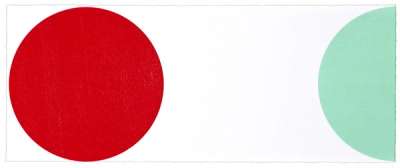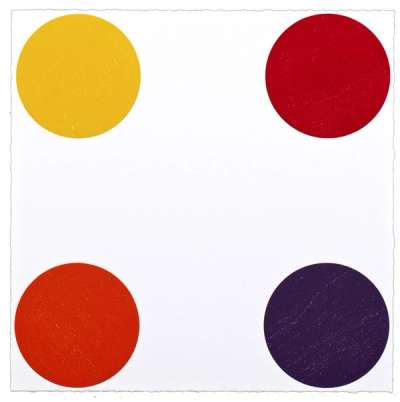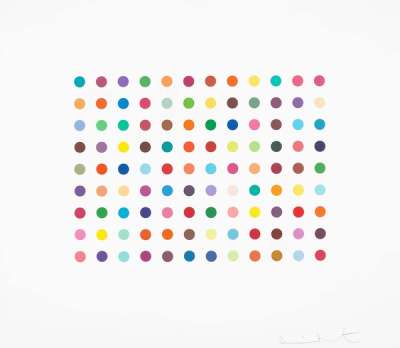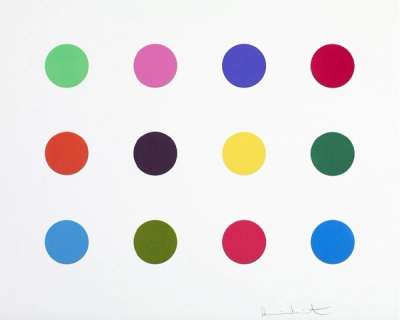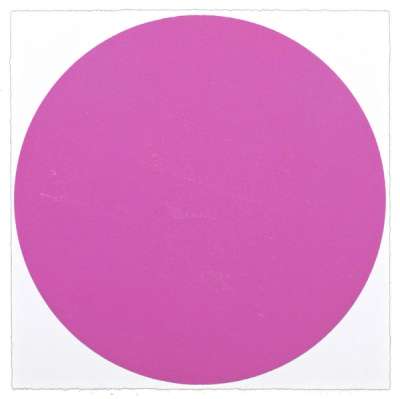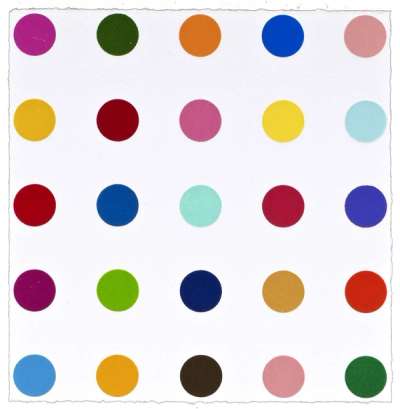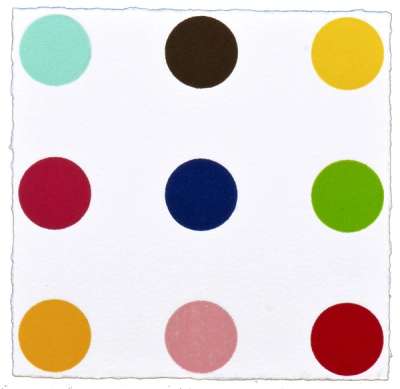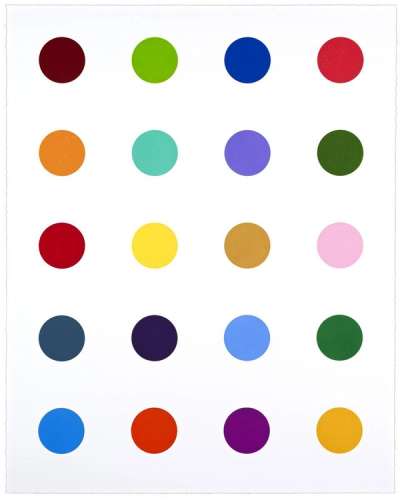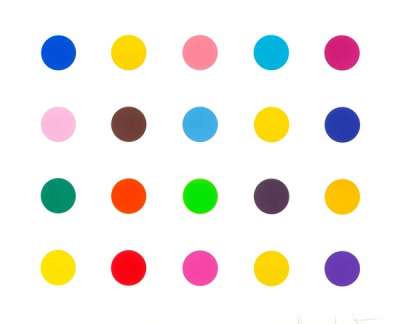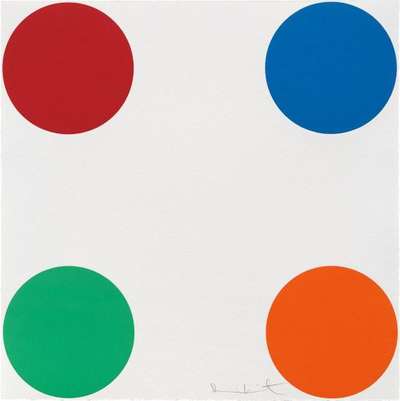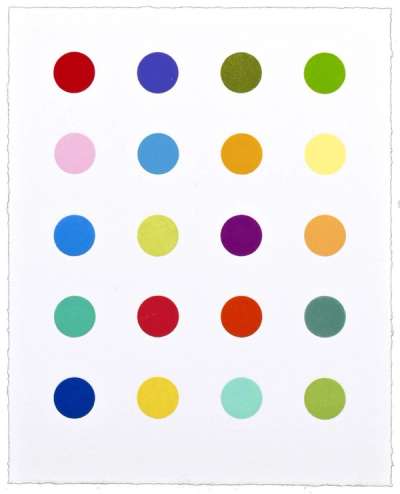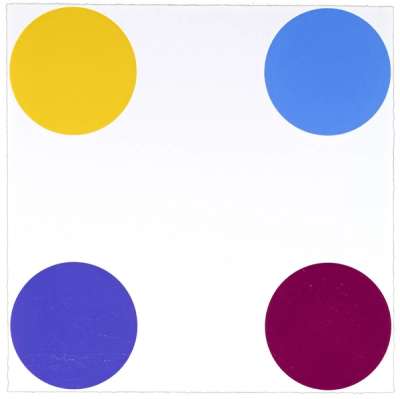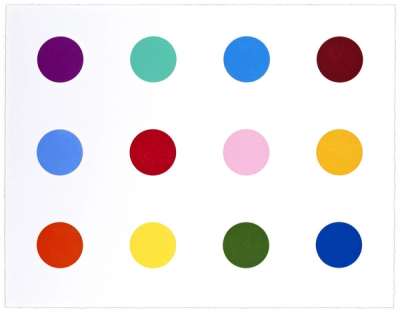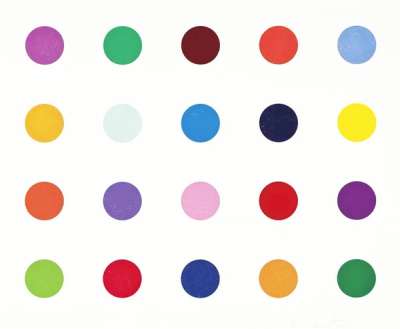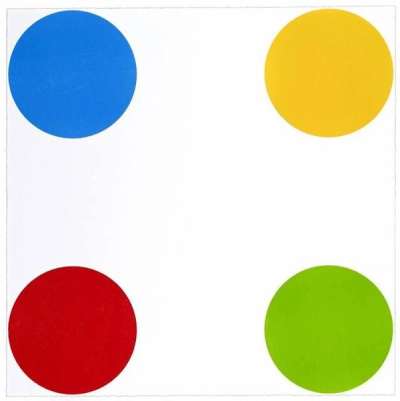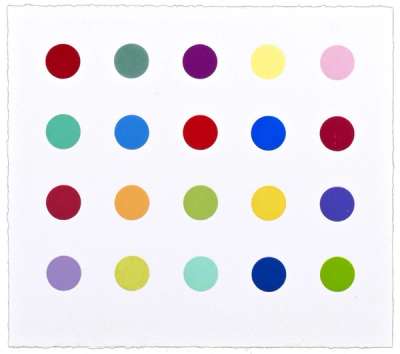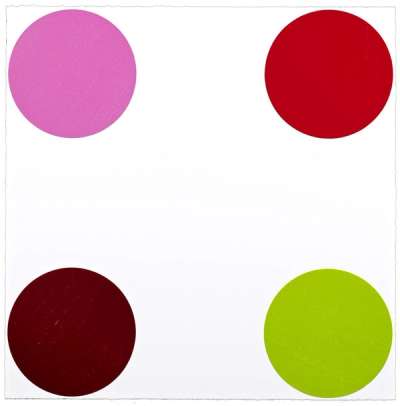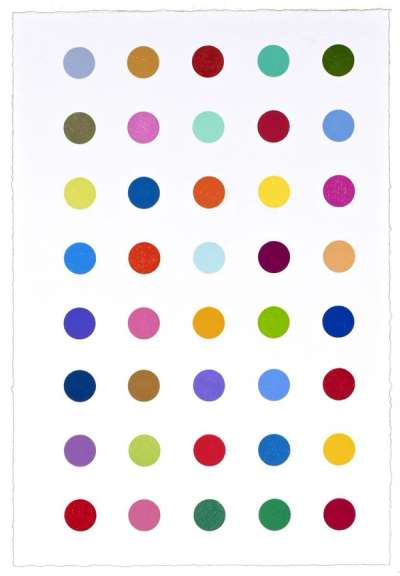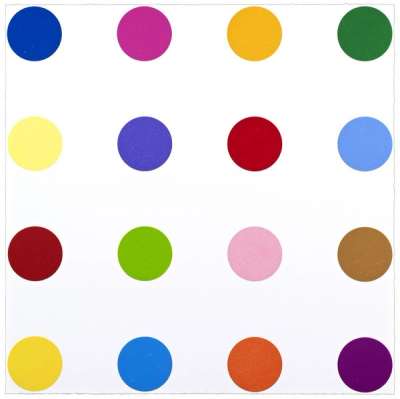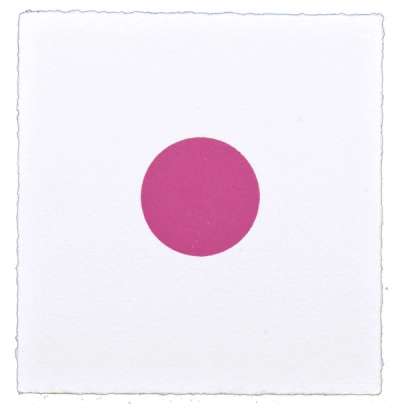Quinizarin

Quinizarin
Signed Print
Damien Hirst
£3,500-£5,500Value Indicator
$7,000-$11,000 Value Indicator
$6,500-$10,000 Value Indicator
¥35,000-¥50,000 Value Indicator
€4,200-€6,500 Value Indicator
$35,000-$60,000 Value Indicator
¥680,000-¥1,070,000 Value Indicator
$4,500-$7,000 Value Indicator
AAGR (5 years) This estimate blends recent public auction records with our own private sale data and network demand.
There aren't enough data points on this work for a comprehensive result. Please speak to a specialist by making an enquiry.
Medium: Woodcut
Edition size: 55
Year: 2011
Size: H 21cm x W 51cm
Signed: Yes
Format: Signed Print
TradingFloor
Track this artwork in realtime
Watch artwork, manage valuations, track your portfolio and return against your collection
Track auction value trend
Auction Results
| Auction Date | Auction House | Location | Hammer Price | Return to Seller | Buyer Paid |
|---|---|---|---|---|---|
| December 2024 | Bonhams New Bond Street | United Kingdom | |||
| September 2024 | Christie's London | United Kingdom | |||
| December 2017 | Christie's New York | United States |
Meaning & Analysis
Quinizarin is a woodcut print from Damien Hirst’s 40 Woodcut Spots series from 2011. The print shows a large pink spot on the left of the composition and a blue semi-circle of the same size at the right-hand edge of the print. This print appears like a drastically cropped version of Hirst’s more typical spot paintings in only depicting one and a half spots.
As with all of the spot paintings that Hirst has produced in his career, this print is formulaic and crisp in form. The spots are a perfect circle and semi-circle set against a clinical white backdrop. Their clean edges and bright, flat colours indicate a lack of human touch in the production of this print. Hirst in fact employed assistants to produce them and the paintings are painstaking and laborious to produce.
Fascinated by intuitive colour choice from his days at Goldsmiths, Hirst claims that the spot paintings have removed any problems he previously had with colour, allowing him to present a perfect arrangement of colour that is never repeated. Hirst explains that, “mathematically, with the spot paintings, I probably discovered the most fundamentally important thing in any kind of art. Which is the harmony of where colour can exist on its own, interacting with other colours in a perfect format.”
